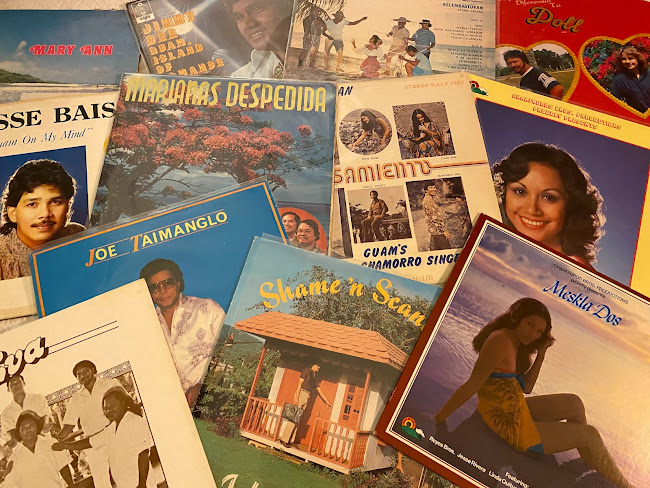Chamoru Love Sayings

A student from my Zoom Chamoru classes recently asked me for some suggestions for some Chamoru sayings or words of wisdom that she could use for a speech she had to give for a friend's wedding. I get this type of request pretty frequently and so over the years I have a number of lists of ways to say "I Love You" in Chamoru. For years that was one of the my most visited pages on this blog, a simple page that had more than a dozen different ways to say "Hu Guaiya Hao" ranging from the poetic and deep, to the silly and sexy. When I looked at many of those lists, I realized that the majority of the ways love was expressed, was indeed written in Chamoru, but not necessarily rooted in Chamoru. What I mean by this, is that alot of the sayings were simply translated from English or variants of ways that love would be expressed in English. For me, I am definitely in support of these sorts of things, I love having our language adapt and take on new forms, especially wh






